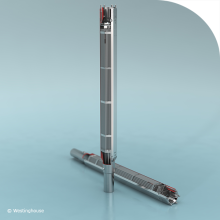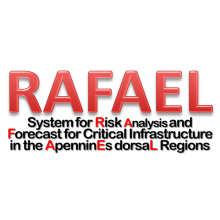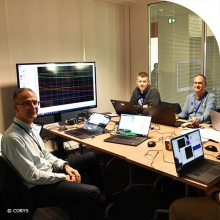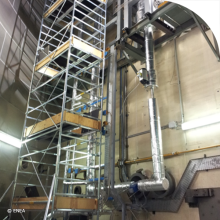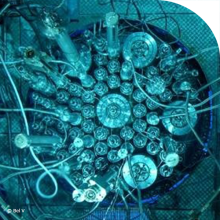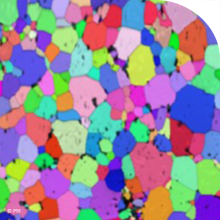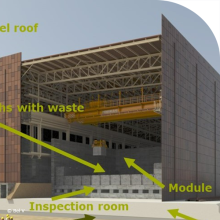News from ETSON and its members*
Europe abandons russian nuclear fuel and chooses an alternative such as Westinghouse fuel. This is testified by numerous statements of key persons from European countries and the recently launched APIS Project: Accelerated Programme for Implementation of Secure VVER Fuel Supply.
The second edition of the ETSON Conference entitled “TSO challenges in a rapidly evolving environment” will take place in Brussels on 11 & 12 October 2023.
The aim of the project is to develop risk analysis and forecasting system aimed at protecting ICs and national strategic assets, especially as regards the prediction of seismic phenomena. It is believed that analysis of high-resolution time series of Radon concentrations in groundwater, air and soil may be a suitable method for identifying seismic precursors. The aim of the work is to devolp new sensor technologies to create a system for forecasting, simulating and mitigating risk related to the monitoring of air, water and soil matrix.
The simulation model of the Bohunice full-scope simulator was modified to include the MELCOR severe accident code.
In the context of international organizations such as the International Atomic Energy Agency (IAEA) and the Nuclear Energy Agency (NEA) of the Organization for Economic Cooperation and Development (OECD), three international benchmarks focused on the neutronics and thermal-hydraulics of lead-cooled fast reactors (LFR) have been recently launched under the coordination of ENEA.
These last months have witnessed a renewed interest in Italy of industry, and the private sector in general, for nuclear. The reasons behind this are mainly the need to investigate options to help (1) reducing carbon dioxide emissions to cope with climate change issues, (2) decreasing electricity prices, and (3) increasing the security of energy supply by lowering the current reliance on foreign natural gas imports.
During shutdown inspection, the Licensee noticed that several welds at the valve were broken, causing one of the parts to end up in the primary circuit.
The DEBORA benchmark is an international programme that aims to find a more unified methodology for testing and validating Computational Multiphase Fluid Dynamics (CMFD) models.
PSI has a unique (worldwide) environment for the investigation of highly radioactive / toxic materials:
- Materials (different fuel types, very high burn-up, different cladding materials, materials activated in SINQ)
- the hot lab with advanced tools for microsample analysis and preparation
- the large-scale equipment for advanced material analysis
NIRAS/ONDRAF, the Belgian National Agency for Radioactive Waste and Fissile Materials, was granted a license for the construction and exploitation of a Near-Surface Disposal facility for disposal of low and intermediate level short lived radioactive waste.
Pagination
Stay informed - subscribe to our newsletter.
Copyright · All rights reserved












